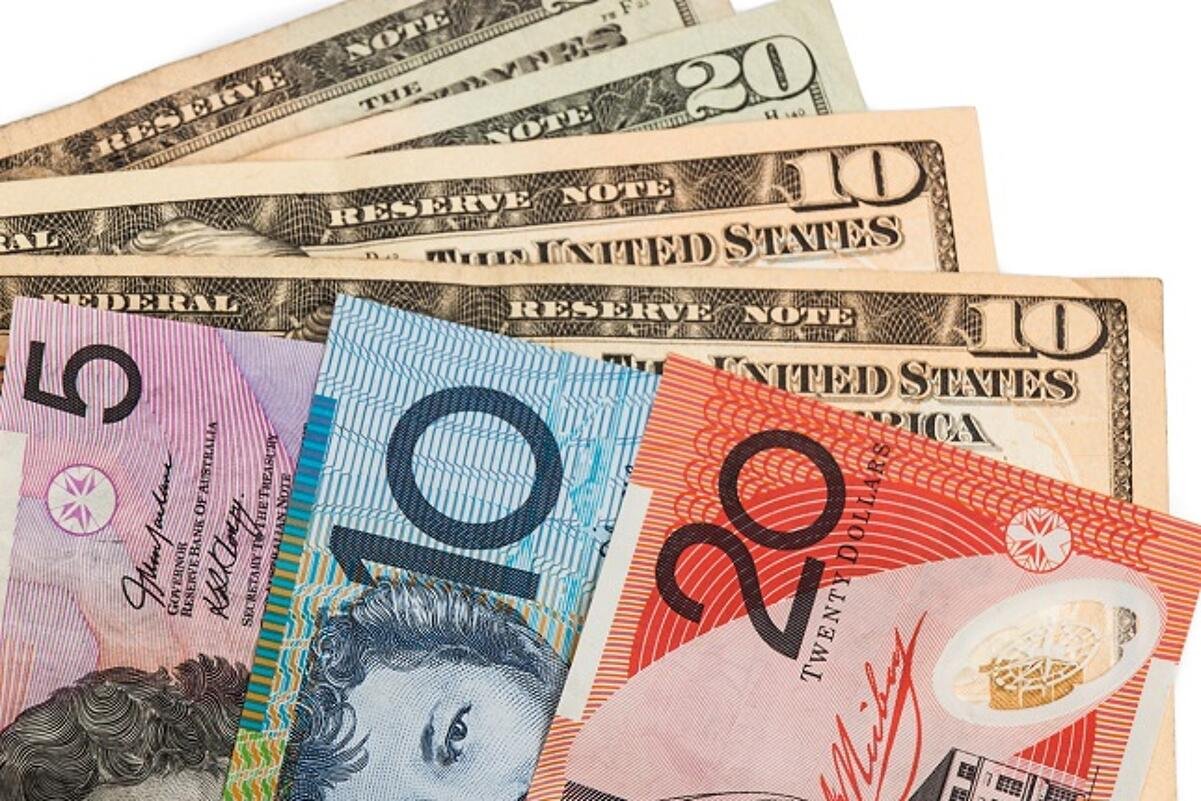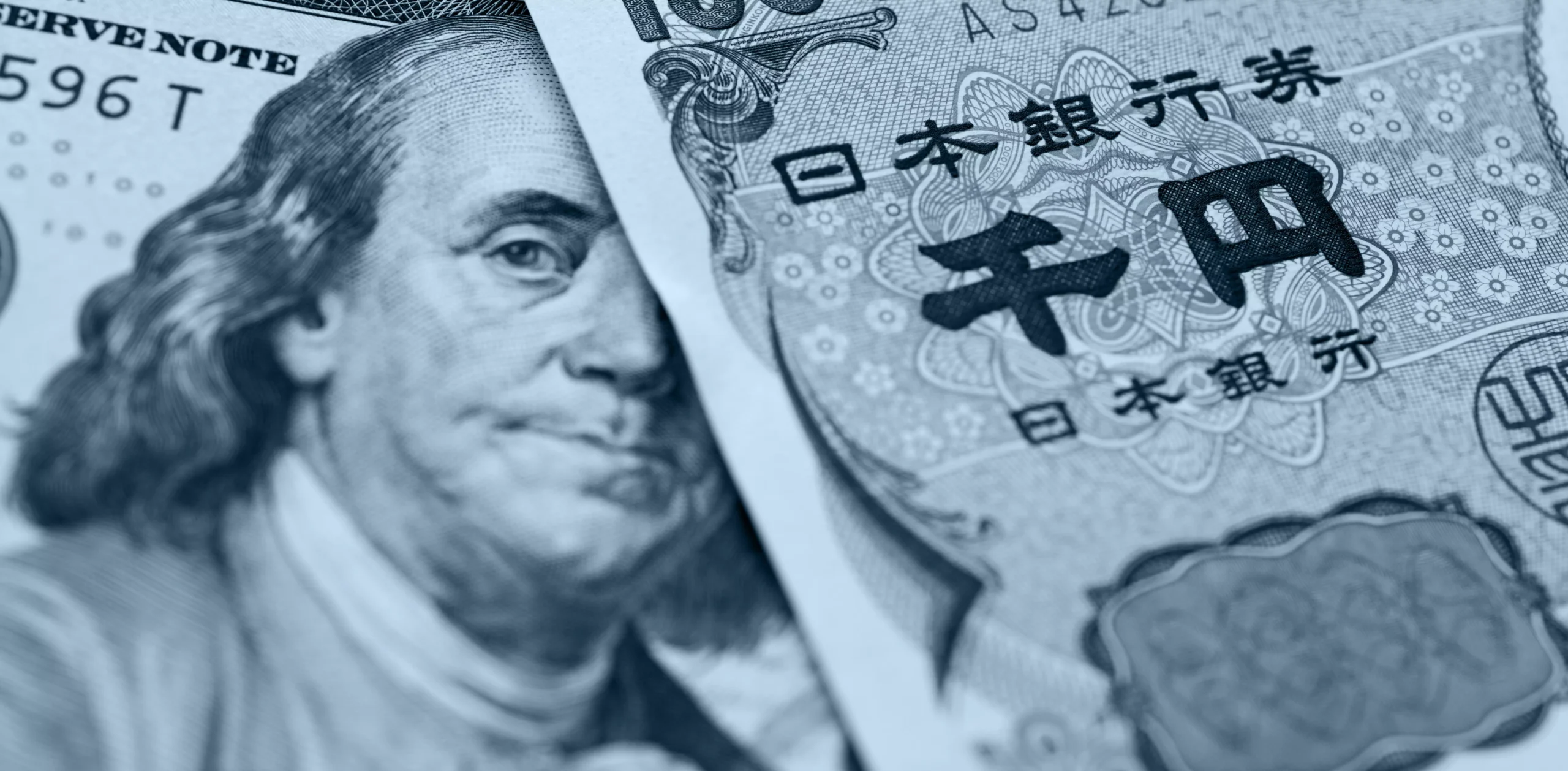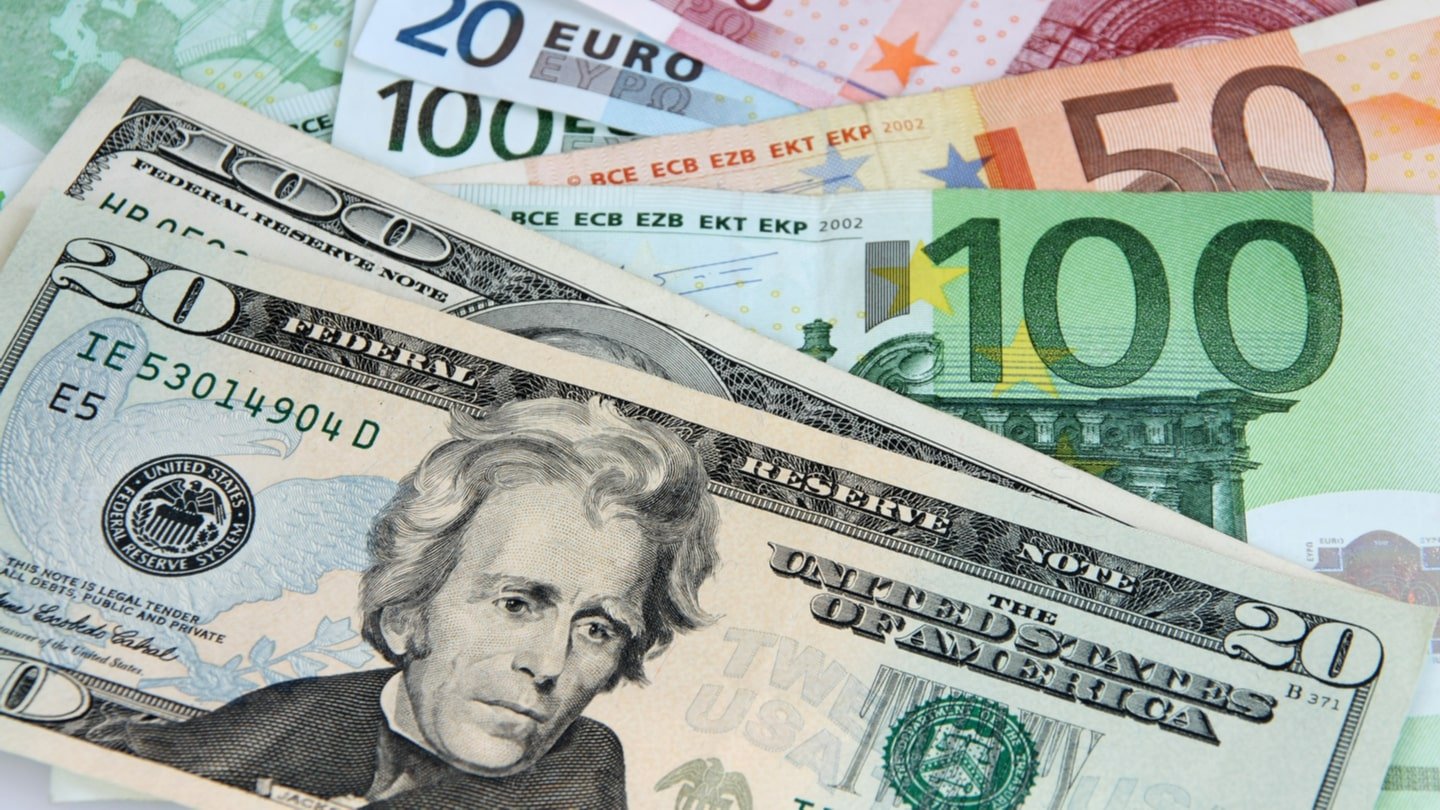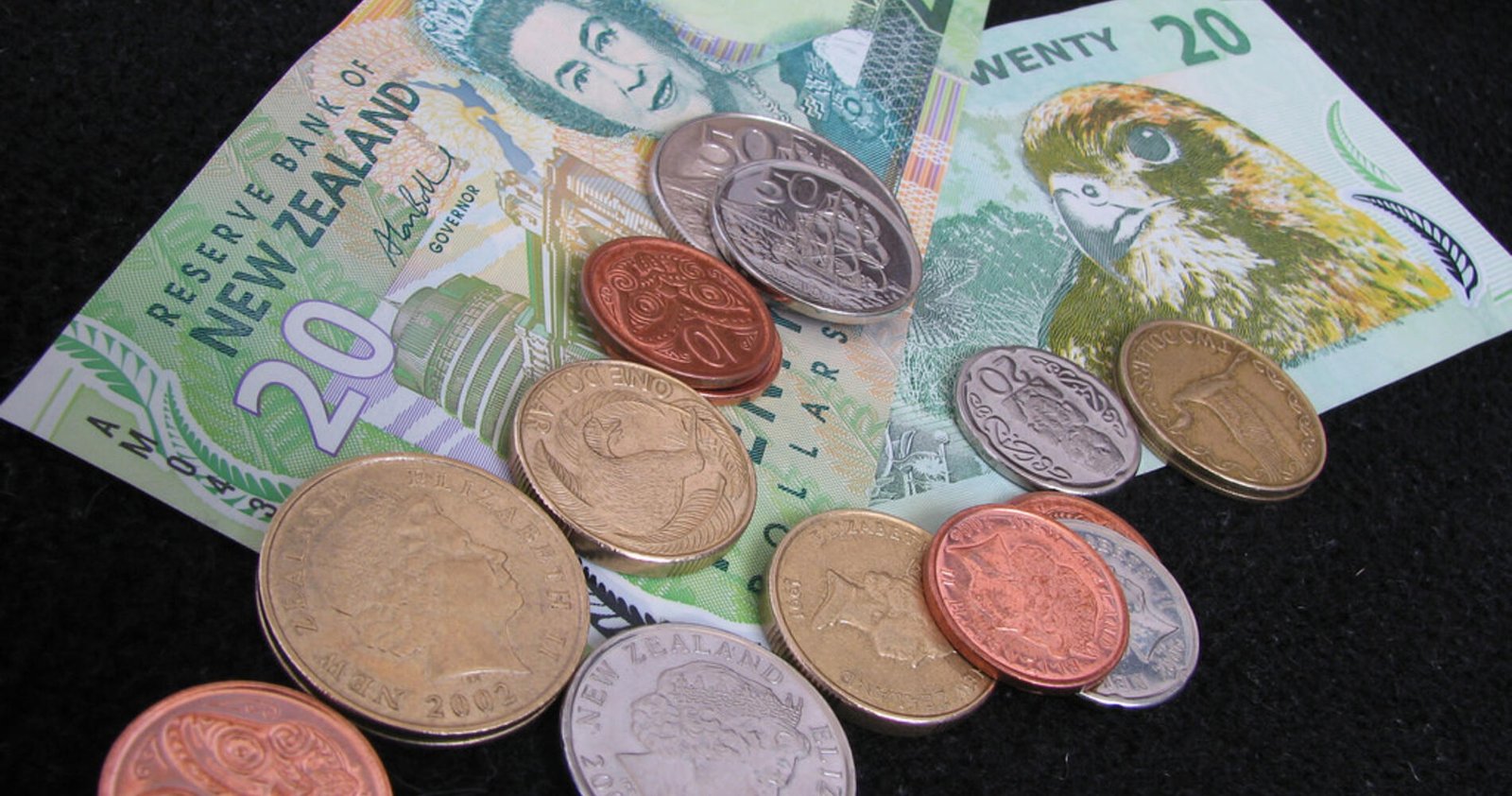Pound Sterling Rises Against 1.30 as Trump Tariff Concerns Weigh on US Dollar and Fed Outlook
The Pound Sterling maintains its bullish trend against the US Dollar, trading at a four-month high as investors prepare for major US inflation data. Increasing concerns of a tariff slowdown under President Trump have deepened dovish expectations on the Federal Reserve, with market participants increasingly factoring in a possible rate cut in May. At the same time, the Bank of England’s conservative but resolute approach to keeping policy tight in the face of ongoing wage-led inflation has supported confidence in the GBP. As the GBP/USD pair edges closer to the psychological 1.3000 level, future economic data from both the US and UK will be important in deciding the next direction. KEY LOOKOUTS • Traders increasingly wager on a May Fed rate cut as fear of Trump’s tariff-led economic slowdown grows. • Pound Sterling hardens near 1.2930, with the objective of crossing the key 1.3000 level in the face of ongoing BoE hawkish sentiment. • February CPI data will determine market expectations regarding Fed’s next steps and dictate wider USD sentiment. • Bank of England policymakers favor a gradual and cautious monetary policy unwinding, underpinning GBP outlook against global counterparts. The Pound Sterling is strengthening versus the US Dollar, trading around the 1.2930 level as anxiety heightens for an impending US economic slowdown brought on by proposed tariffs by ex-President Trump. This has pushed market speculation about a sooner-than-expected rate cut by the Federal Reserve with May now joining the list as a probable deadline. Conversely, the Bank of England takes a prudent but firm stance, with policymakers preferring a gradual pace in monetary loosening given sustained inflation pressures in the UK. As market participants wait for key US inflation and UK GDP reports, the GBP/USD currency pair remains highly bullish, targeting a breakout above the crucial psychological level of 1.3000. The Pound Sterling is trading close to 1.2930, gaining strength due to concerns of a Trump-induced US slowdown and increased Fed rate cut expectations. The Bank of England’s dovish approach also lends support to GBP momentum as markets wait for critical US inflation and UK GDP releases. • Pound Sterling is trading close to 1.2930, backed by hopes of an extended restrictive approach from the Bank of England. • US Dollar drops due to market anxiety of a tariff-driven economic slowdown in the United States under a Trump regime. • Fed rate cut expectations are on the rise, with a 51% chance of a May cut amidst dovish moods. • Investors wait for US CPI, expecting to influence the Fed’s monetary policy in view of lower inflation. • BoE policymakers prefer a measured policy unwind, taking a conservative stance even as inflation in the service sector remains persistent. • GBP/USD targets the 1.3000 resistance level, riding on bullish sentiment and solid market mood. • UK GDP and factory data on Friday, expected to post moderate growth and drive the Pound’s next direction. The Pound Sterling is strengthening against the US Dollar as market sentiment changes with increasing fears of a slowdown in the US economy. These concerns are primarily fueled by former President Donald Trump’s planned tariff agenda, which has created uncertainty regarding the future of trade and economic growth. Consequently, investors now increasingly anticipate the Federal Reserve to start reducing interest rates as soon as May, which shows a more dovish attitude towards US monetary policy. GBP/USD Daily Price Chart Chart Source: TradingView In the meantime, optimism in the Pound is also underpinned by the Bank of England’s prudent yet resolute attitude in keeping existing interest rates intact. Policymakers are confident that inflation, especially fueled by robust wage pressures, remains a threat to the UK economy and must be carefully watched. In light of BoE’s indicating a gradual transition to any impending policy adjustments, investors are keen on the performance of the Pound. Everybody now waits for the coming economic numbers from both the US and the UK, which will determine future market expectations. TECHNICAL ANALYSIS GBP/USD currency pair is displaying bullish strength as it trades above critical moving averages, reflecting a strong long-term positive trend. The pair is well supported around the 1.2930 area, with the next significant resistance at the psychological level of 1.3000. Momentum measures such as the Relative Strength Index (RSI) continue above the neutral zone, indicating that there is scope for further rally. On the negative side, earlier retracement levels can function as support if there is a pullback, maintaining the general outlook skewed towards buyers unless there is a big reversal pattern. FORECAST The GBP/USD pair has strong short-term bullish potential, particularly if future US economic releases, such as inflation and jobs data, continue to uphold hopes of a Fed rate reduction. A definitive break above the 1.3000 psychological level may open the way for additional gains, drawing in further bullish interest. Further backing from the Bank of England’s prudent policy stance and chronic domestic inflationary pressures in the UK can continue to reinforce the Pound, maintaining the trend in place. Although there is present bullish momentum, there could be downward risks should sentiment reverse or statistics surprise the investor community. A higher-than-expected US inflation report or any shift in the Fed’s sentiment could reactivate support for the US Dollar, pushing GBP/USD lower. Furthermore, should future UK GDP and factory data prove disappointing, then the appeal of the Pound would be undermined. Under these circumstances, the pair could experience downward correction toward previous support levels, forcing traders to reconsider the outlook.












